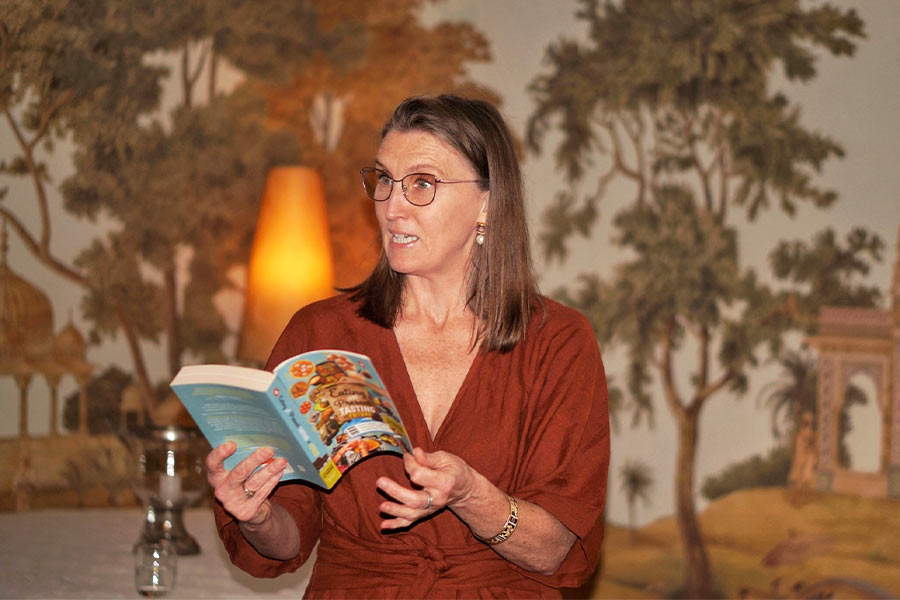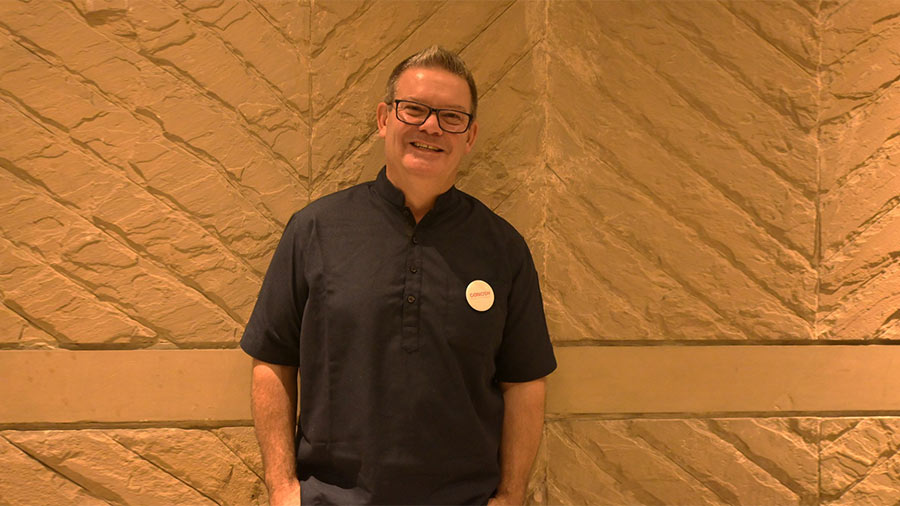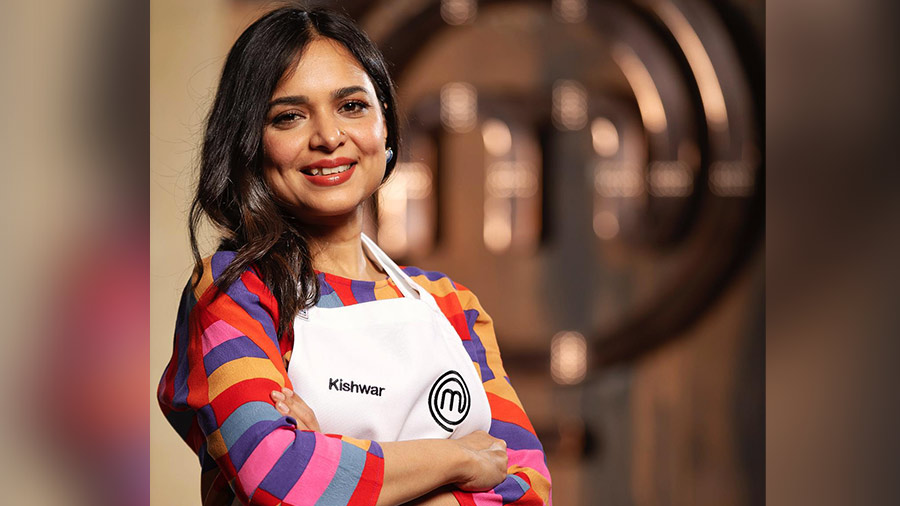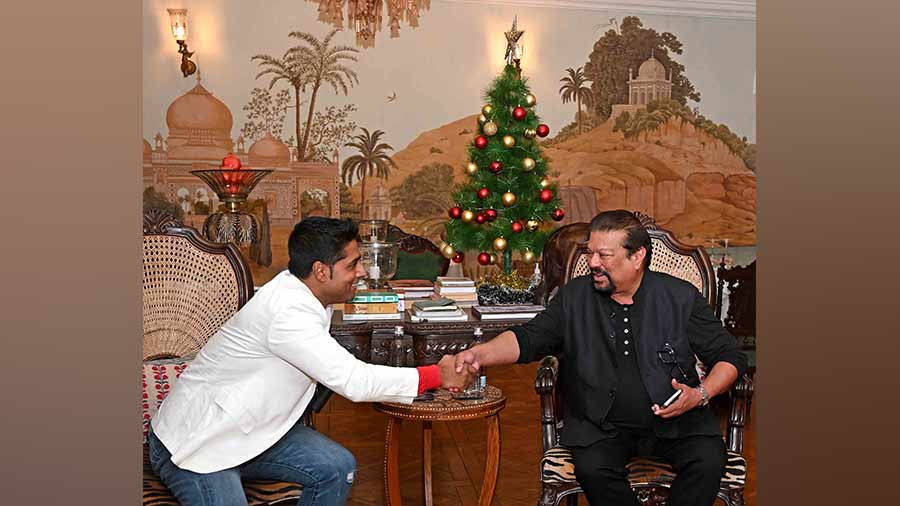Over the last 30 years, Charmaine O’Brien has discussed, dissected and devoured Indian food like few others. Her experiences have led her to pen several books on Indian food, including Flavours of Delhi and The Colonial Kitchen. The Australian was at The Glenburn Penthouse on January 13 to discuss her latest book, Eating the Present, Tasting the Future, in association with the Australian Consulate-General in Kolkata. My Kolkata brings you snippets from the session.
Diversity galore
Charmaine first came to India in 1995, and the first thing she encountered was the tremendous culinary diversity. “Australia has great food, but not much regional diversity. Even as an obnoxious backpacker, I could see that people not only ate different things in different parts of India, but what they ate changed throughout the year. And to top it off, there are so many festive foods here. Indians even have special meals for fasts! That’s how I first found interest in Indian food,” she said, adding that most of the book comes from her experience dining in people’s homes.
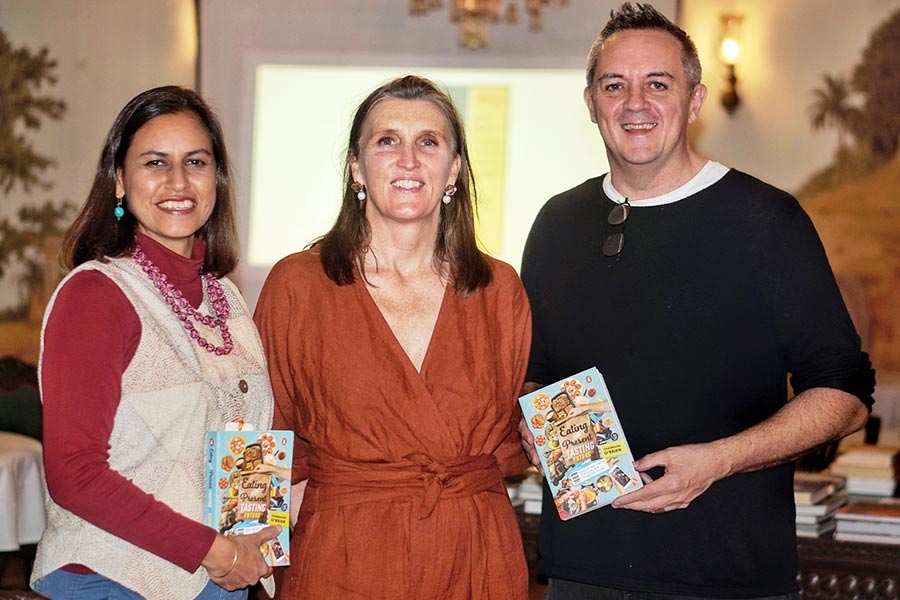
Husna-Tara Prakash, managing director at Glenburn Tea Estate & Boutique Hotel, and (right) chef-cum-food consultant, Shaun Kenworthy lauded the book. ‘The book was really interesting, and I can’t wait for Charmaine to return with observations about Kolkata’s food,’ said (left) Husna
She also attributed her status as an ‘outsider’ as being the key to unlocking several unique insights. “I have the advantage of noticing things that Indians have missed out because they were too immersed in the culture. There is also a disadvantage of being an outsider who visits India but doesn’t live here, as I miss nuances,” she said.
Then and now
When Charmaine arrived in India in 1995, it had just been a few years since globalisation, and she still saw remnants of the socialist regime. “Everything was changing, and economics played a huge role in this. If you have Rs 20, you will buy something tasty and filling. If you have Rs 100, you will try something new, because you can also spare Rs 20 for comfort food. When people have more money, they are more willing to take a chance. The exploration of this change in India’s culinary habits over three decades resulted in this book,” she said.
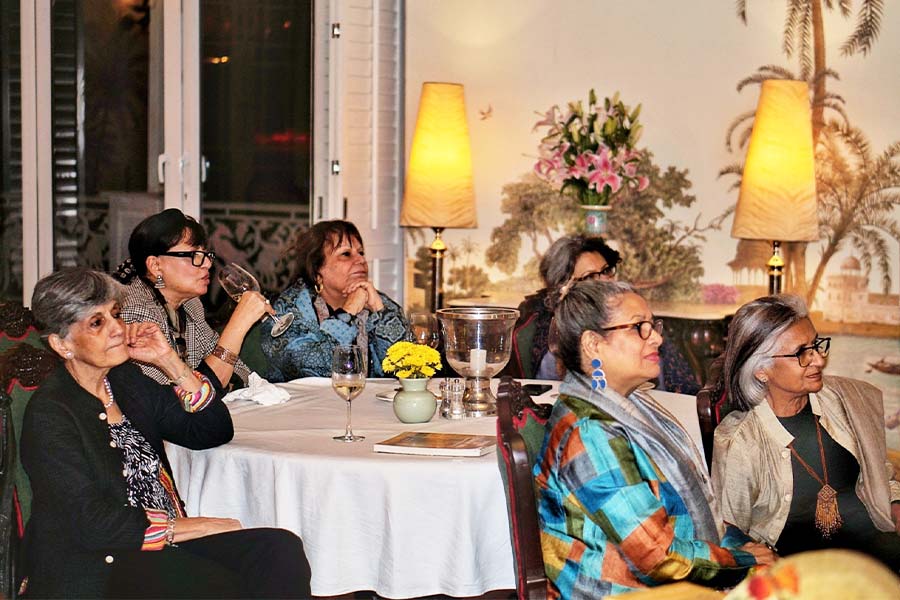
Members of Glenburn Culture Club at the book session
India goes global
One of the most pertinent observations by Charmaine was how Indian food had become globalised, and not always in a good way. She backed her argument by showing a picture from an Indian supermarket aisle, which was stacked with generic packaged food from around the world, with the only exception being Amul Cheese. “There has been a cake revolution in the country, and you can find cakes and pastries everywhere now. Apparently, this is the effect of MasterChef Australia,” she chuckled.
The influx of western influence coupled with economic prosperity has given birth to an aspiration for food like avocados and truffles. According to Charmaine, India now has a huge market for fancy food, which didn’t exist before. She even confessed to having paid more for coffee and tea in some places in India than in Sydney!
Marketing in food
Marketing hasn’t just brought in new aspirations, but also redefined the worth of several existing Indian food items. Charmaine explained the impact labels have on the way a food item is perceived, with a story. “In 2013, I was cooking for some friends in Madhya Pradesh. I had picked up an expensive packet of quinoa from Delhi, and thought no one would have tried it there. One of my friends saw the quinoa and said, ‘We have this in our village. Only poor people eat it.’” While she later realised that her friend was talking about millets, Charmaine drew a parallel with the way millet is sold at a premium today. “Back then, millet was considered to be ‘poor people’s food’. Today, it is considered superfood. Millets haven’t changed, but its packaging and marketing have,” she explained.

Australian consul-general Rowan Ainsworth and deputy consul-general Kevin Goh were all smiles. ‘Charmaine is such a brilliant speaker. I recently arrived in Kolkata, and her session has motivated me to learn more about Indian food,’ said Goh
She also drew attention to the term ‘superfood’ taking centre stage, adding that most marketing tactics like anti-ageing should be taken with a pinch of salt. “Food does impact your life, but so do many other things, including your socio-economic environment. Similarly, some superfoods are termed as dairy or gluten-free, but cost more despite leaving out an ingredient. Today, we have some biscuits that claim to have millets in them, but the ingredients list millets as just making up 5 per cent of its weight. It’s all marketing.”
Australian consul-general Rowan Ainsworth concluded the evening by praising the depth with which Charmaine had explored India’s love for food, over 30 years. “When you read about food, it makes your mouth water. The joy of reading a food book about India is that there are so many cuisines in the country, with something for everyone,” she signed off.

Members of Kolkata’s food space were at the event, including (L-R) Madhushree Basu Roy of Pikturename, Auroni Mookerjee and Srishti Dasgupta Sensharma of Sienna Store & Cafe, and Anindya Sundar Basu of Pikturenama. ‘Chefs talk about these points in the kitchen, and I related everything she said to the way we pick ingredients. Seeing our instincts from an academic perspective was extremely validating,’ said Auroni, executive chef, Sienna Store & Cafe
